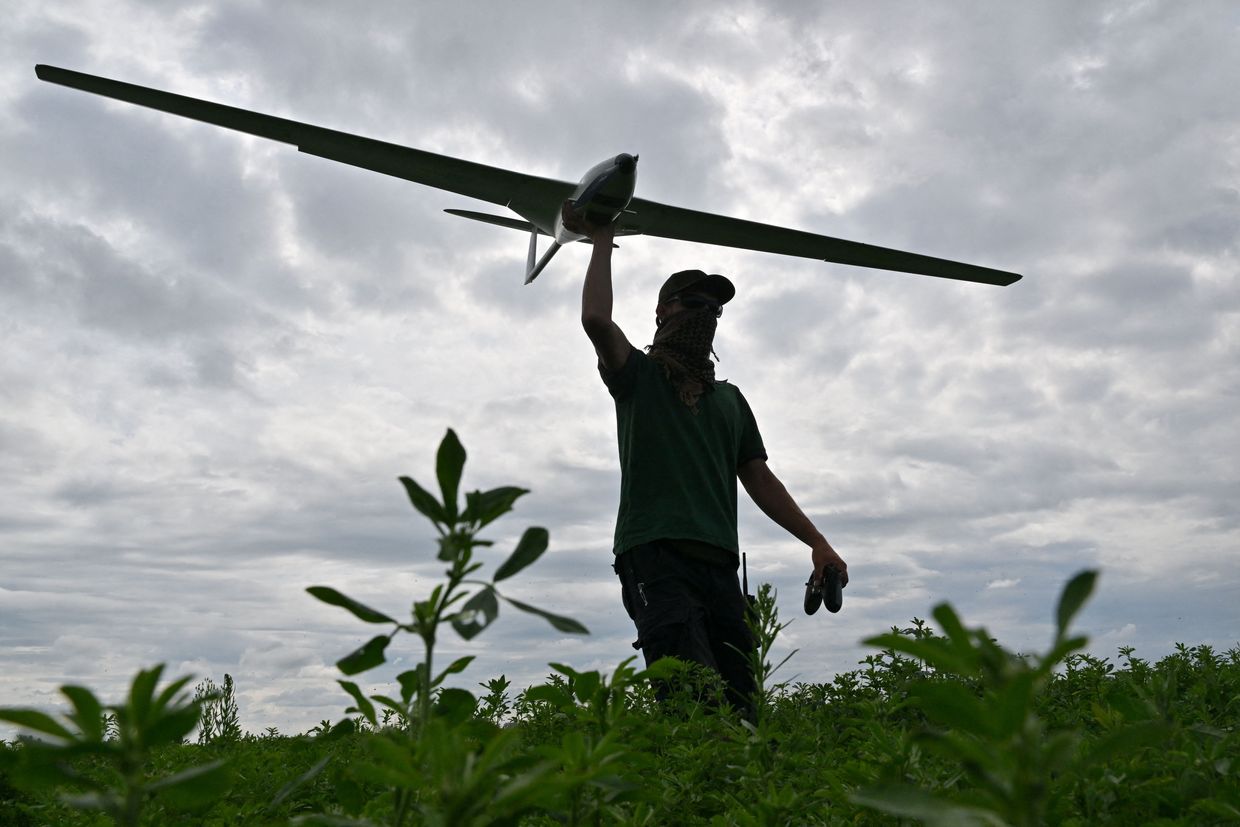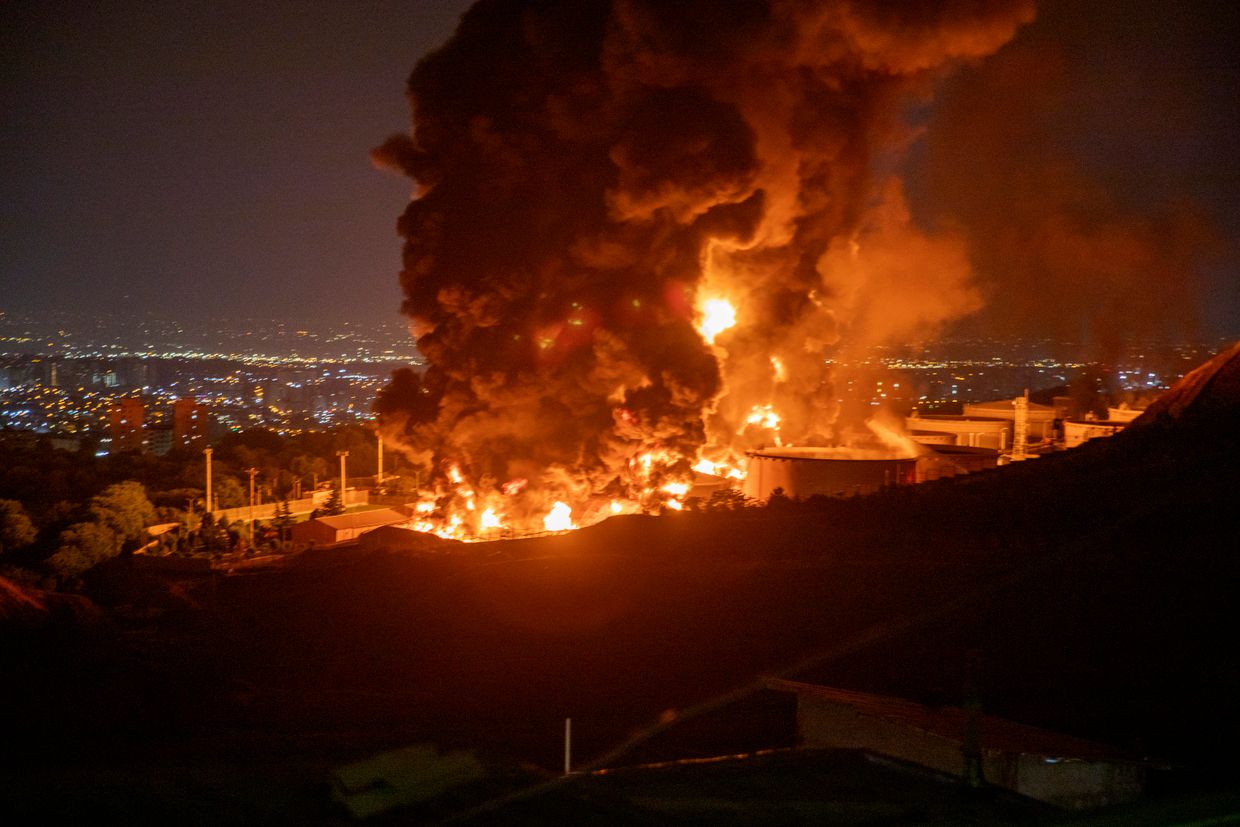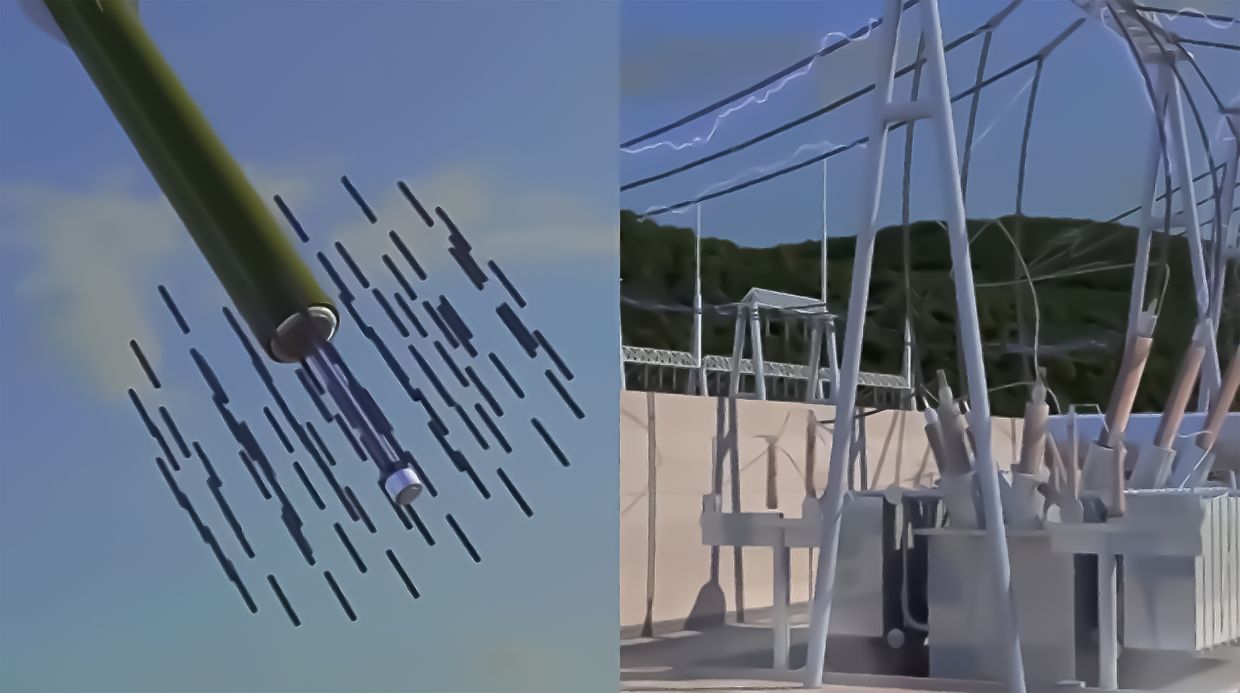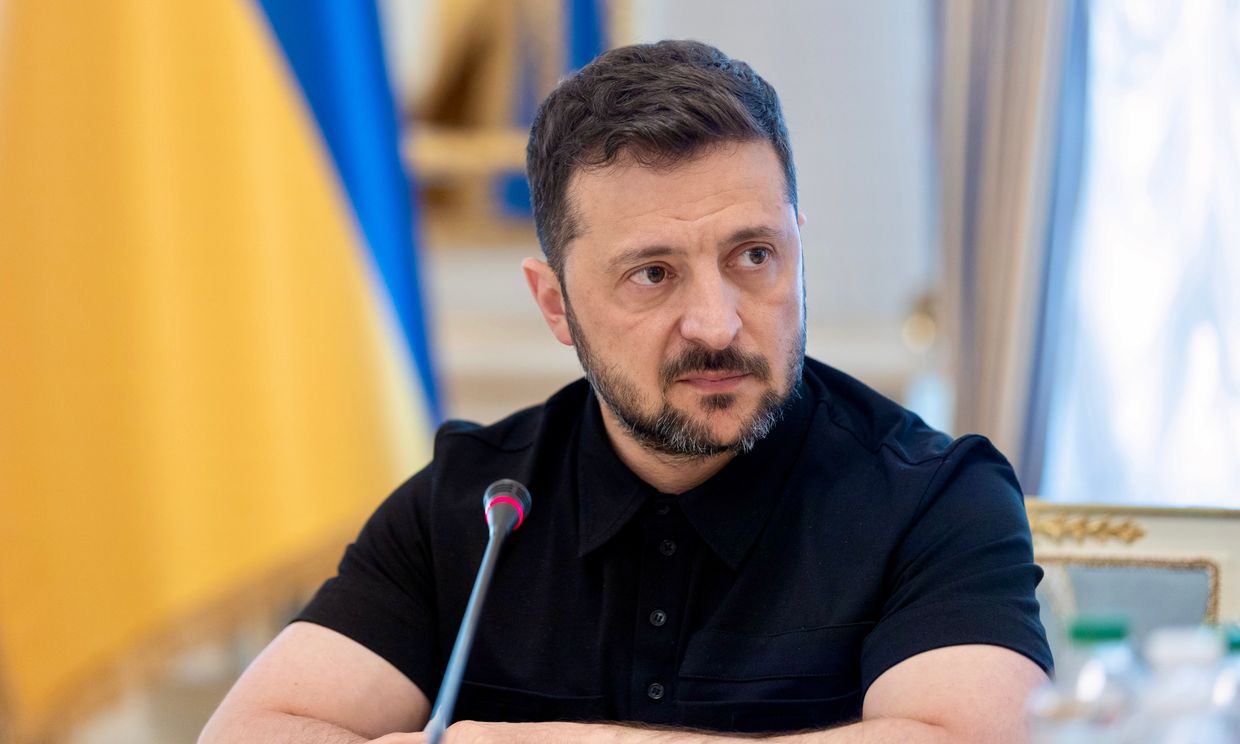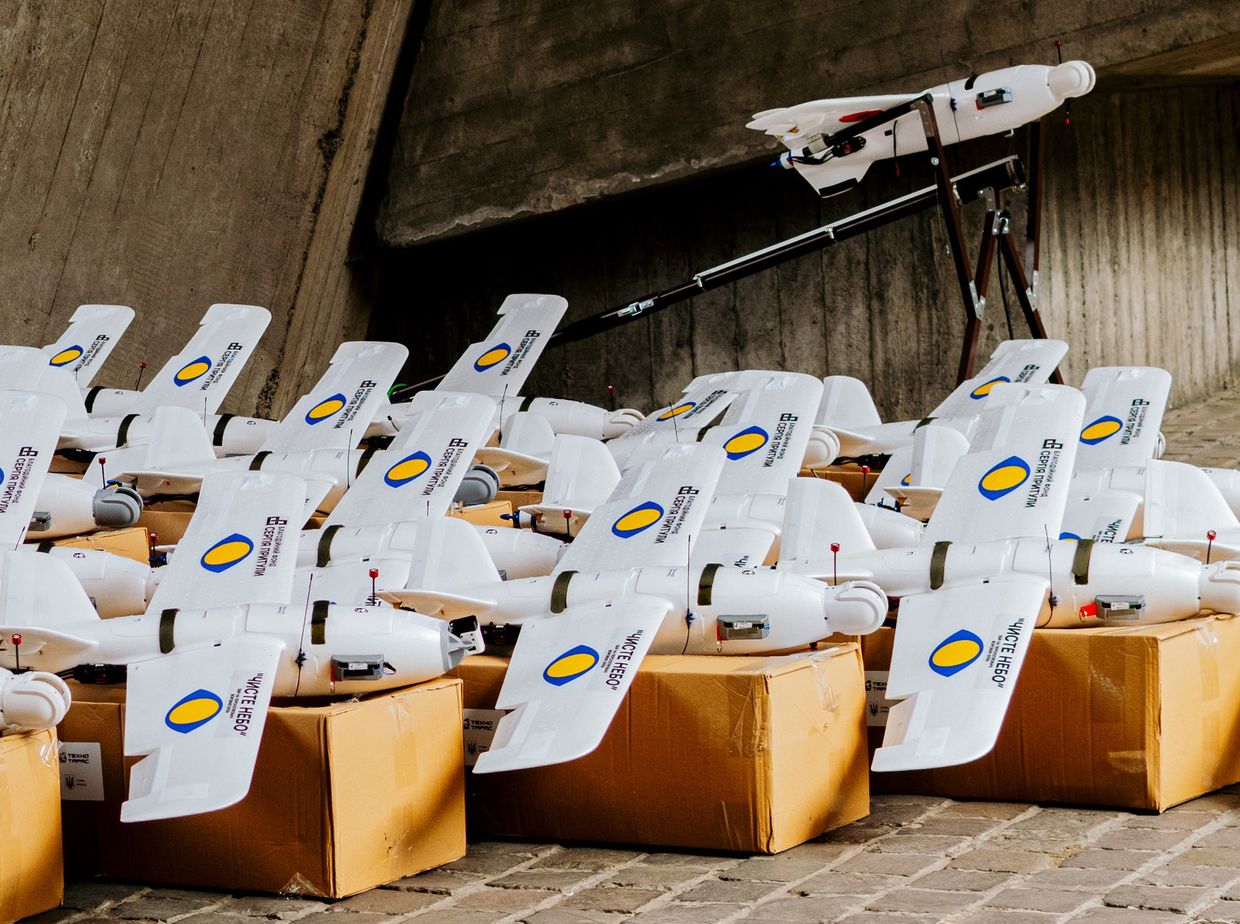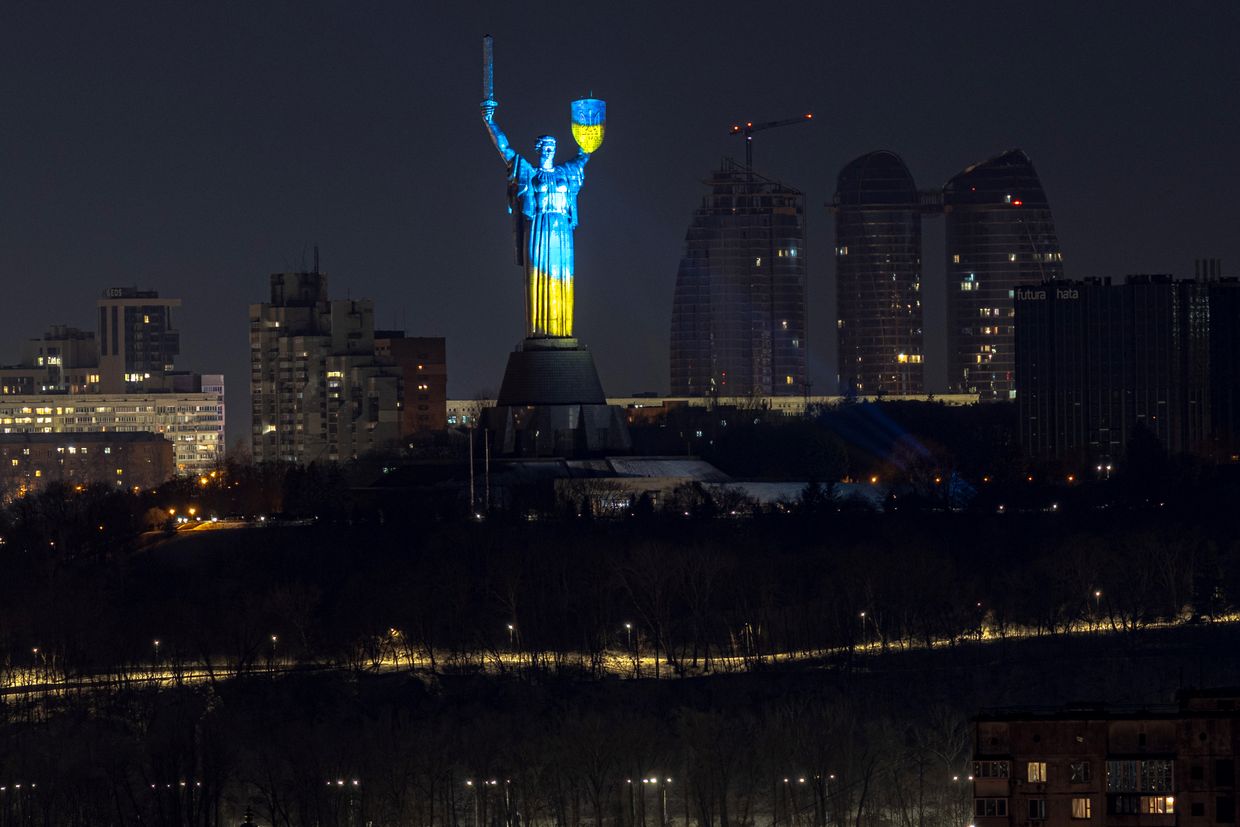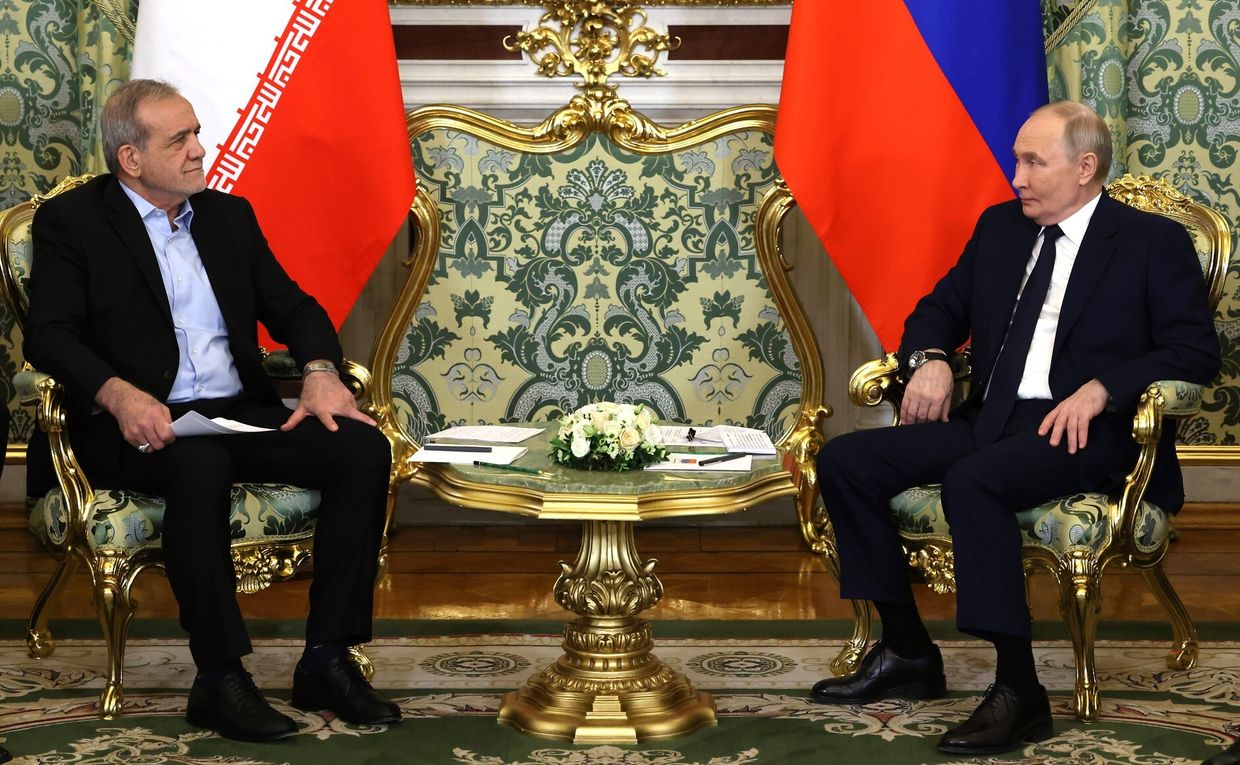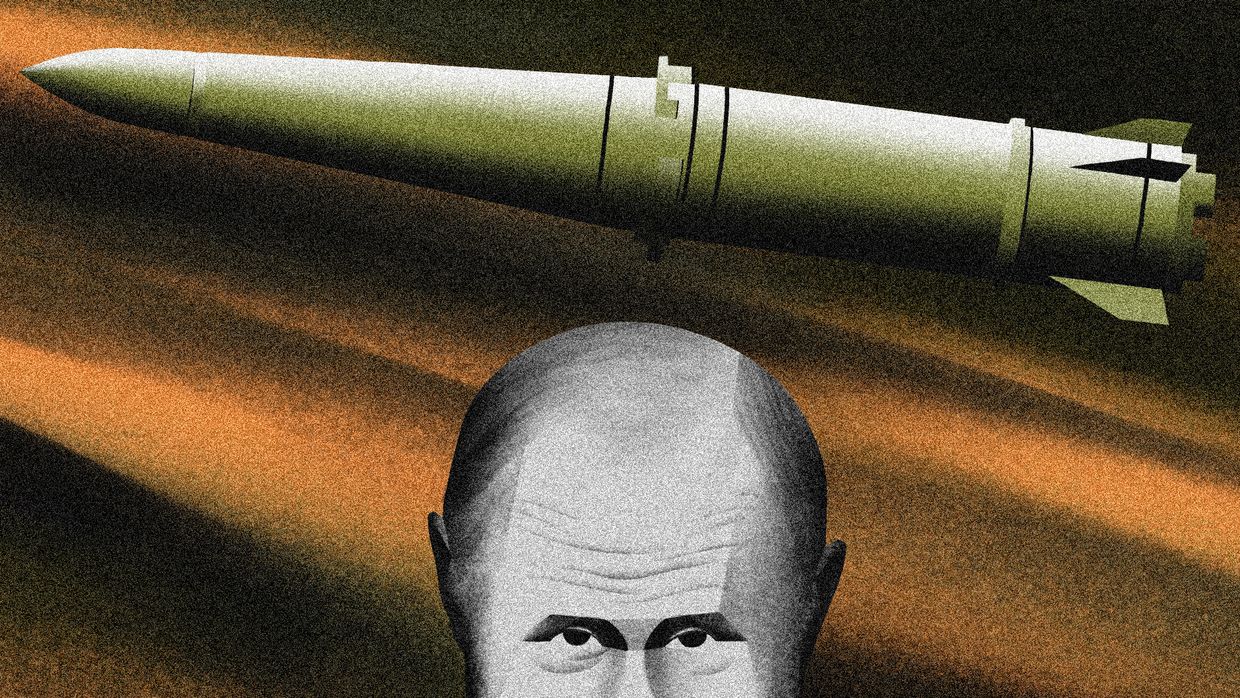The following is the March 19, 2024 edition of our Ukraine Business Roundup weekly newsletter. To get the biggest news in business and tech from Ukraine directly in your inbox, subscribe here.
As Ukraine runs out of ammunition on the battlefield, the government is betting on the country’s drone producers. While mass producing drones is unlikely to bring about Ukraine’s victory, recent strikes on Russian oil refineries show they can at least slow the Kremlin’s war machine.
To keep that momentum going, the Ukrainian government is allocating another Hr 5 billion (around $128 million) to purchase attack drones for the military, Economy Minister Yuliia Svyrydenko announced on March 18.
“In total, agreements with drone manufacturers worth about Hr 30 billion ($769 million) have already been concluded, and contracts with a total value of Hr 14 billion ($359 million) are being prepared. And, of course, this is not the limit,” Svyrydenko said.
Ukraine can already produce 150,000 drones monthly and may be able to produce two million drones by the end of the year, Strategic Industries Deputy Minister Hanna Hvozdiar said on air on March 5.
More than 200 Ukrainian companies are involved in developing drones, of which almost 60 have received orders from the government, according to Hvozdiar.
Hvozdiar told Forbes Ukraine on March 19 that the government could soon adopt a new resolution on support mechanisms for Ukrainian military tech manufacturers, including state loan guarantees for existing private manufacturers and affordable loan programs for startups.
"We are very interested in spending as much money as possible in Ukraine and as little as possible on importing goods from abroad," Hvozdiar told Forbes Ukraine.
In January alone, Ukraine imported $99 million worth of drones mainly from China, which made up 2% of all imports, the Center for Economic Strategy (CES) reported. For comparison, Ukraine imported $441 million in “unmanned aerial vehicles” in all of 2023, the CES said.
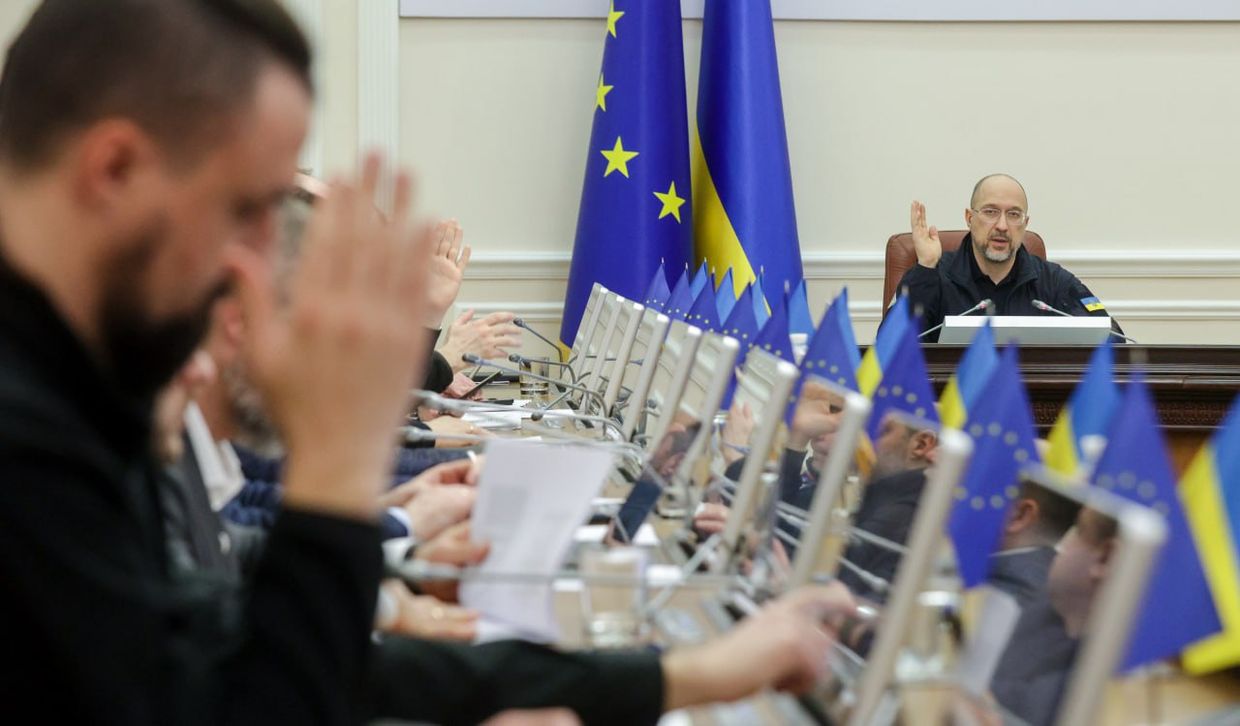
Strings attached
The EU’s 50-billion-euro ($54 billion) Ukraine Facility loan and grant program for Kyiv — approved in late February after months of opposition from member state Hungary — has some strings attached.
In order to see the 38 billion euros in budget support that makes up the lion’s share of the four-year program, the EU has asked Kyiv to come up with a “Ukraine Plan” outlining its proposals for reconstruction, modernization, and the reforms it will undertake as part of its EU accession ambitions.
Prime Minister Denys Shmyhal announced on March 18 that the government had adopted said plan, which includes wide-ranging reforms in public administration, the fight against corruption, and in various spheres from energy to agriculture.
“In addition, the document prescribes cross-cutting directions such as "green" transition, digitalization, and European integration,” Shmyhal said.
Shmyhal thanked the EU for its “help and solidarity,” adding that “thanks to the implementation of the reforms of the Plan for the Ukraine Facility, Ukraine will be able to receive about 16 billion euros this year.”
The EU has yet to formally agree on the Ukraine Plan with its counterparts in Kyiv. To get Ukraine the money it needs now, the EU and Ukrainian government on March 12 signed a loan agreement for 6 billion euros to cover state budget expenditures until the program is fully launched, which should be by the end of April.
My colleagues from Kyiv Independent Insights, our new research unit, investigated the matter in detail in their latest report on the Ukraine Facility — free with registration here.
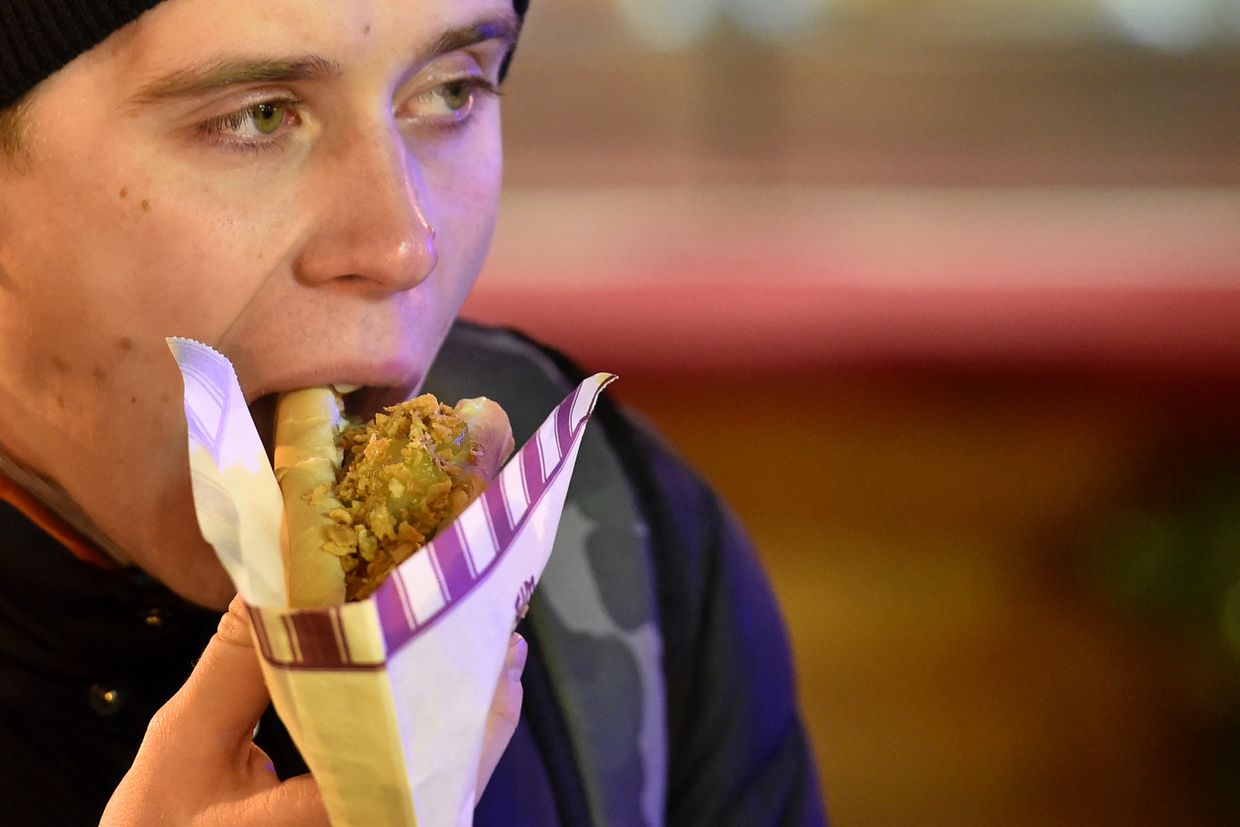
Can’t stop, won’t stop
Despite the numerous fast food chains that up and left Russia after it invaded Ukraine, big name chains Subway, Carl’s Jr., Papa John’s, Costa Coffee, Burger King, and TGI Friday just won’t quit.
Subway and Carl’s Jr. also boast the accolade of never having stopped advertising across their Instagram accounts since the start of the invasion, Kyiv Independent contributor Sebastian Shehadi writes. Subway’s continued operations landed it on one of Ukraine’s most ignominious lists, the International Sponsors of Russia’s War.
The companies claim that since their brands are operated independently by master franchisees in Russia, they have little control over the brands’ activities in the country, which includes their local Instagram pages. Experts told Shehadi the claims are likely a smokescreen for their lack of willingness to leave.
Whatever their reasons, Shehadi’s piece raises another question, which is how effective Ukraine’s international sponsors of war list is in pressuring companies to leave Russia for good.
Since February 2022, Ukraine’s National Agency on Corruption Prevention (NACP) has added some 50 multinational companies that operate both in Ukraine and Russia to the list, including Nestle, Philip Morris, Unilever, and Pepsi Co. While the list bears no legal weight, it’s meant to serve as a reputational tool to put pressure on companies to leave Russia.
Now-former head of the NACP Oleksandr Novikov said in January that the list had been effective in coercing companies to leave, citing the exits of British paper producer Mondi, the Irish marine fuel supply company Peninsula Petroleum, and the Indian diamond company Shree Ramkrishna Exports after being added to the list.
But while some Ukrainians are fond of this reputational pressure tool, international partners are “terribly unhappy” with it, Justice Ministry Denys Maliuska told Forbes Ukraine in March. "The logic of including companies in this list is unclear," Maliuska said. It also seems to have little effect on some companies like Subway who ostensibly have no clear plans to leave.
Current NACP head Viktor Pavlushchyk said in March as well that the mechanism for adding companies to the list needed to be reviewed. “Undoubtedly, this issue needs regulation,” he said.
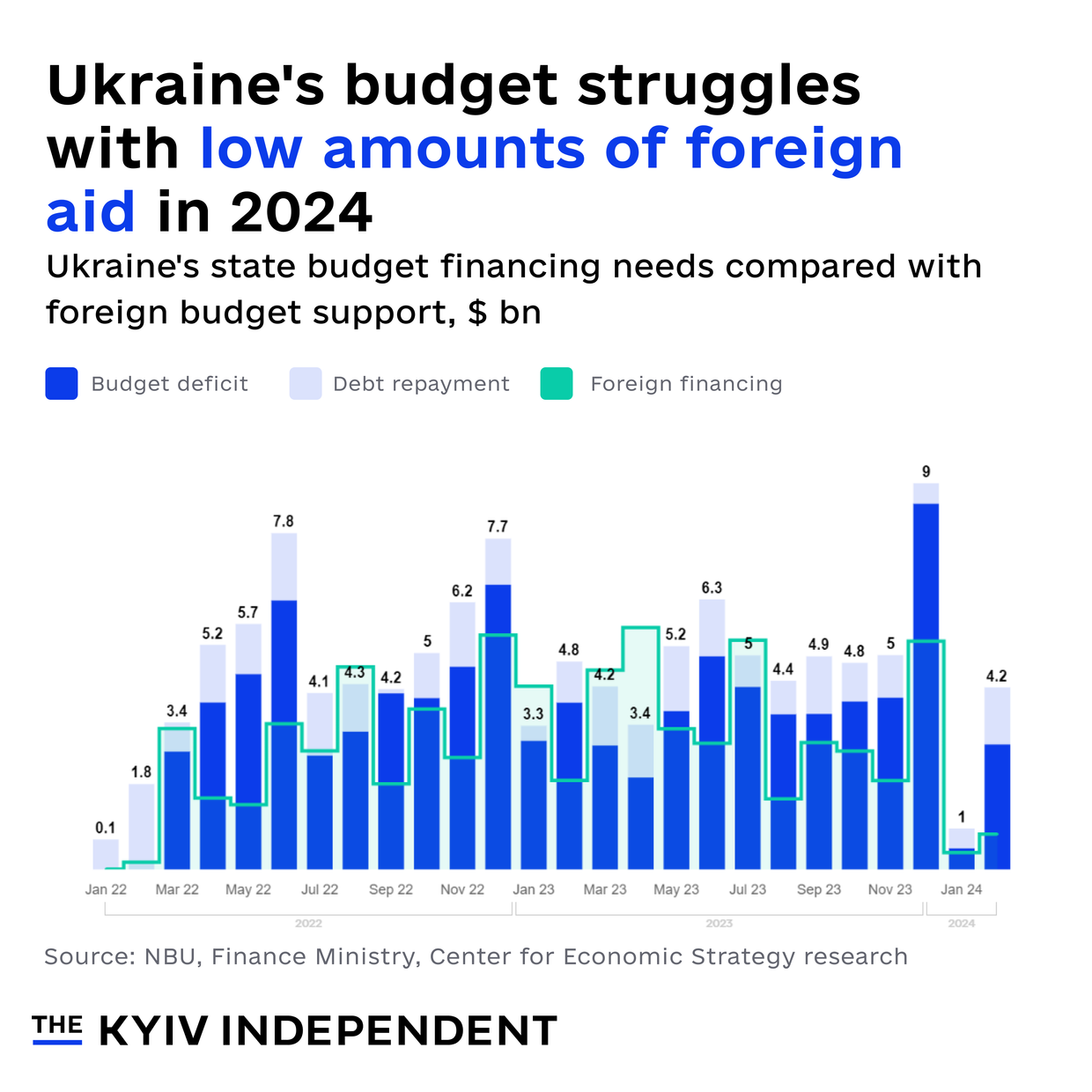
The Kyiv Independent is partnering with our friends at the Kyiv-based Center for Economic Strategy to bring you a monthly visual of what’s happening in Ukraine’s economy.
This month’s chart shows how much external financing Ukraine has received since the start of the full-scale invasion. The harrowing part is the significant drop in foreign funding due to uncertainty in the U.S. and EU, which are Ukraine’s key donors.
In January 2024, Ukraine received only $400 million from Japan; in February, $800 million was disbursed by Japan, Norway, and Spain. For comparison, Ukraine received around $3 billion a month, or a total of $73.6 in foreign financing from March 2022 until December 2023.
While the outlook for the next few months looks more positive due to the approval of the EU aid and the expected disbursement of the first tranche of 4.5-billion-tranche in March, the experience of the first two months of the year raises the uncomfortable questions of how Ukraine will be able to finance its huge expenditures if the support stops, CES wrote.
See an interactive version of the chart here.
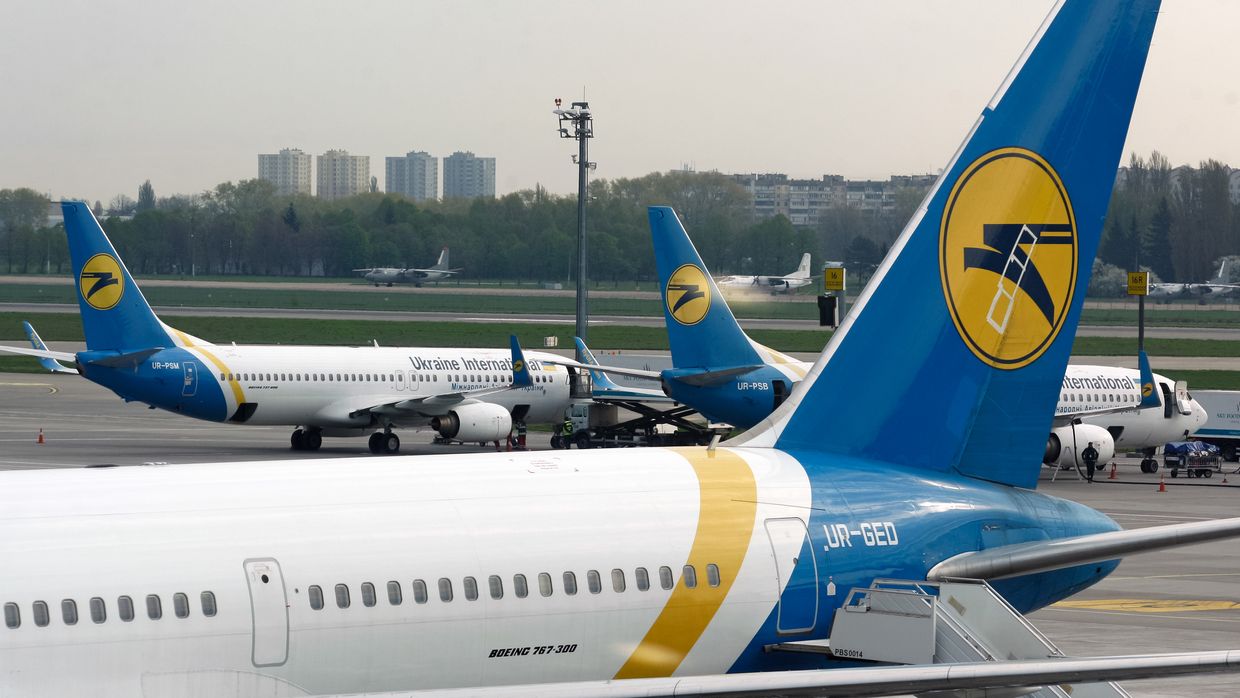
In case you missed it: Reopening commercial air travel
Last week, I reported in this newsletter on the Ukrainian government’s efforts to reopen air travel during the war.
While the plans are still up in the air, Kyiv Independent business reporter Dominic Culverwell followed up with a piece on what Ukraine will have to do in order for flights to start taking off again.
Ukraine can make the sovereign decision to open its airspace, but the country will have to meet strict requirements set by international aviation bodies and have the backing of insurers before any airport can reopen for commercial aviation, Culverwell writes.
The country will also undoubtedly need more air defenses, to protect planes both on the ground and in the air, as well as bomb shelters at airports.
While exact plans around what is currently being prepared aren’t public knowledge, Ukrainian officials have met with Israel’s Civil Aviation Administration (CAAI), whose measures to keep the airspace open include air defenses, planes carrying extra fuel in case the aircraft needs to stay in the air longer, bomb shelters, and well-trained staff.
Read the full article here.
What else is happening
Politico: France calls for curb on Ukrainian imports. France is calling for a curb on Ukrainian agricultural imports, joining Poland in a push that could cost Kyiv 1.2 billion euros ($1.3 billion) in trade revenue, Politico reported on March 19. According to three European diplomats who spoke to the publication, the move also threatens to derail negotiations on extending Ukraine's free-trade access to the EU for another year. They said a deal had been struck between French President Emmanuel Macron and Polish Prime Minister Donald Tusk last week during a meeting at the Weimar Triangle summit in Berlin. One diplomat highlighted the discrepancy between calls of support issued by the two leaders that day and the joint push to curb imports. “The member states that are making the biggest show of their support to Ukraine are also the ones doing the most damage to the country,” they said. The issue of Ukrainian imports will be high on the agenda at a summit of EU leaders in Brussels on March 21.
Bloomberg: EU drafts proposal on funneling profits from Russian assets to Ukraine. The EU has drafted a proposal that would enable Ukraine to receive profits generated by Russian assets frozen in the EU countries as early as July, Bloomberg reported on March 19, citing the documents. The proposal, which is to be discussed by EU leaders in Brussels later this week, would involve seizing sanctions-related profits generated since February this year, the Financial Times reported. Kyiv would get an estimated 3 billion euros ($3.3 billion) a year to boost its defense industry and purchase weapons, according to Bloomberg. An unspecified sum of profits generated since Feb. 15 would be allocated to Ukraine bi-annually until the lifting of sanctions via the European Peace Facility, used for defense aid, and through the 50-billion-euro ($54 billion) Ukraine Facility, the outlet said, citing the documents. Meanwhile, Josep Borrell, the EU's top diplomat, said on March 19 that he would propose to use 90% of the revenue generated by frozen Russian assets to purchase weapons for Ukraine via the European Peace Facility (EPF) fund.
Financial Times: EU to impose tariffs on grain from Russia, Belarus. The European Union is planning to impose tariffs on grain imports from Russia and Belarus to appease farmers and some member states, the Financial Times (FT) reported on March 19, citing people familiar with the plans. EU imports of cereals, oil seeds, and their derivatives from Russia reached a record of 4 million metric tons in 2023, which is 1% of the total EU consumption, according to FT. The European Commission is expected to impose in the coming days a duty of 95 euros ($103) per ton on grain from Russia and Belarus, which would increase prices by at least 50%, killing demand, the people told the FT. This would be the first restriction on Russian food products since the start of Russia’s full-scale invasion of Ukraine on Feb. 24, 2022.
Ukrainians earned more than $800 million from crypto investments in 2023. Ukrainians earned $850 million on cryptocurrency investments in 2023, coming in 12th place globally for earnings on crypo assets, Ukraine’s Digital Transformation Ministry reported on March 18, citing research from the analytical company Chainalysis. “We are actively working to create a favorable regulatory landscape for companies and investors in this market,” Deputy Minister of Digital Transformation Oleksandr Borniakov said, adding that together with business representatives, the ministry had developed a draft law on virtual assets to create favorable conditions for working with a new class of assets and establish transparent rules for their taxation. “Legalization of the crypto industry will help attract most of the foreign investment needed to rebuild our economy, and Ukrainian blockchain specialists will be able to realize their potential at home,” Borniakov said.
Ukraine's GDP grew by 3.6% in the first months of 2024. In January-February 2024, Ukraine’s economy grew by an estimated 3.6%, Economy Minister Yuliia Svyrydenko said on March 17. According to Svyrydenko, investment demand, favorable weather conditions for construction works, export of agricultural products, operation of the Ukrainian maritime corridor, expansion of production capacities in the field of extractive industry and stability in energy contributed to the recovery growth. She also said the Economy Ministry expects stable growth in the first quarter of 2024, thanks to positive indicators in key sectors of the economy. Ukraine’s economy grew by an estimated 4.8% in 2023, according to the World Bank, although output remained about 30% lower than preinvasion levels.




